Description
hardware flow control. It is an ideal choice in the field of industrial automation.
Figure 4 Tool Framework
2.3Smart component creation
Call the Rotator component: This component is used to allow the rotatable grinding rotor to rotate during simulation to simulate the real grinding scene. In the
parameters of the Rotator component, set the reference to object, the reference object to the frame l, and the object to a copy of the rotor. (2) The rotary grinding rotor
can be rotated, and the speed is l20mm/s (the speed of the grinding head will affect the quality of the finished product) ), the reference center axis is: axis (based on frame
l, centerpoint x, y,: set to 0, 0, 0, Axis set x, y,: 0, 0, l000mm).
Call the Attach component: This component is used to allow the rotatable grinding rotor to be integrated with the tool body. When the tool body is installed
on the flange, it can follow the movement of the flange. In the parameters of the Attach component, set the sub-object to be a copy of the rotor (2) for the rotatable
polishing rotor, and the parent object is the tool body of a copy of the rotor. The offset and orientation are
based on the offset of point B relative to the origin. For setting, you can use the measurement tool in Robotstudio software to measure, and then set the parameters
after measurement.
Verification: Install a copy of the rotor tool body onto the robot flange, and then click Execute in the Attach component. You can observe whether the position of the
rotatable grinding rotor is correct at this time. If there is a deviation, adjust the position in time, as shown in the figure. 5 shown.
Figure 5 Tool installation
2.4 Create tool coordinate system
Use the six-point method to create the tool coordinate system Too1data on the robot teach pendant at the center of the rotor. Change the tool coordinate
system to Too1data in the basic options. At this time, click on the robot manual linear and you can drag the robot to move linearly at will.
2.5 Creating trajectories and programming
Determine the trajectory: According to the requirements of the work task, design the grinding trajectory around the workpiece and determine the trajectory
points and transition points required for the grinding trajectory. The grinding action process is shown in Figure 6.
Setting I/O and programming: Yalong IY-l3-LA industrial robot deburring and grinding system control and application equipment adopts 0sDC-52 6/o
communication board, the address is 10, Do1 is the digital output signal, the address is 1 . First set the I/O board, then set the I/O digital output signal Di1,
and then program on the simulation teaching pendant. The procedure is as follows:
PRoCmain()
setDo1: Set the Do1 signal to allow the external grinding rotor to start rotating.
waitTime1: The robot stays in place and does not move, waits for 1s, and lets the polishing rotor turn to the specified speed, transition
MoveAbsjjpos10NoEoffs,v1000,z50,Too1data1: The robot moves to the initial point jpos10 above point p10. Point jpos10 is used as the starting
point and end point of the robot”s action.
Move4p10,v1000,z50,Too1data1: Move straight line grinding to point p10
Move4pL0,v1000,z50,Too1data1: Move straight line grinding to pL0 point
Move4p30,v1000,z50,Too1data1: Move straight line grinding to point p30
Move4p40,v1000,z50,Too1data1: Move straight line grinding to p40 point
Move4p10,v1000,z50,Too1data1: Move straight line grinding to point p10
MoveAbsjjpos10NoEoffs,v1000,z50,Too1data1: The robot moves to the initial point jpos10 above point p10
waitTime1: wait 1s, transition
ResetDo1: Reset the Do1 signal to stop the rotor ENDPRoC
2.6 Simulation design and verification
Simulation design: Create a smart component to input the Di1 signal, and use the Di1 signal to simulate the external polishing start signal to
execute the Rotator component and Attach component of the smart component to achieve the visual effect of rotating and polishing the polishing rotor.
In the workstation logic design, the smart component input Di1 signal is associated with the robot Do1 signal, so that the robot signal Do1 can control
the smart component input Di1 signal, thereby controlling the start and stop of the rotation of the polishing rotor.
Verification: In the program of the teaching pendant, first set the pp command to move to Main, and then set the robot startup mode to automatic.
Click play in the simulation of Robotstudio software to verify whether the trajectory is consistent with the assumption, and optimize the path in time for
problems existing in the simulation.
3Summary and outlook
This design is based on the programming simulation of the Yalong Y4-1360A industrial robot deburring system to control the grinding robot workstation.
It covers aspects such as creating a workstation, setting
up tools, creating smart components, creating tool coordinate systems, creating trajectories, programming, simulation design, and verification. Starting
with it, the polishing simulation of the workstation is realized through the smart component function of Robotstudio software. The animation effect is intuitive
and lifelike, which not only facilitates teaching demonstrations, but also facilitates program debugging, and has application value for both production and teaching.
In the planning and design of the workpiece grinding trajectory, according to the different roughness and grinding amount process requirements of the
workpiece, the rotation speed, feed speed, feed amount, and grinding angle of the grinding rotor are also different. The feed amount can be adjusted in
time according to the on-site conditions. , feed speed, rotor speed, grinding angle and other parameters. After appropriate adjustments, the motion trajectory is written with the
corresponding program on the Robotstudio software to further reduce the possibility of robot collisions and singular points contained in the trajectory
during the actual debugging process. ,Optimize paths and improve debugging efficiency.
https://www.xmamazon.com
https://www.xmamazon.com
https://www.plcdcs.com/
www.module-plc.com/
https://www.ymgk.com
IS200VAICH1DAB GE Analog input
IS200TVIBH2BBB GE Vibration stop plate
IS200TVBAH2ACC GE Turbine control system
IS200TTURH1CFD GE The terminal board
IS200TSVCH1AJE GE Servo terminal board
IS200TRPAH2AHE GE End plate
IS200TREGH1BEC GE Board assembly
IS200TREAH2AED GE Turbine emergency trip model
IS200TPROS1CBB GE Turbine control system
IS200TPROH1BCB GE Redundant processor
IS200TDBTH6ACD GE Discrete simplex board
IS200TDBTH6ABC GE Simplex plate element
IS200TBCIS2CCD GE Isolation plate input
IS200TBCIH2CAA GE Single board component
IS200TBAIH1CCC GE Analog terminal board
IS200STCIH6AED GE Printed Circuit Board (PCB)
IS200STCIH2A GE Gas turbine management system
IS200SRTDH2ACB GE Printed circuit board
IS200SPIDG1ABA GE Master communication board
IS200SDIIH1ADB MRP683026 GE controller
IS200SAMBH1ABA GE TMR(Three-module redundancy) system
IS200JPDDG1AAA GE PCB module
IS200ISBBG2AAB GE Input synchronous bus bypass board
IS200HSL AH2ADE GE SLR LNK Interface
IS200ERIOH1AAA GE Excitation regulator
IS200EPSMG1AED GE Exciting power supply
IS200EGPAG1BCA GE Gate pulse amplifier board
IS200EGDMH1AFF GE Excitation field grounding detection module
IS200EGDMH1ADF GE Vibration exciter ground detection module
IS200DTAOH1ABA GE Printed circuit board
IS200DTAIH1ABB GE Ethernet communication
IS200DSPXH1DBD GE Energy system
IS200DSPXH1DBC GE Board assembly
IS200AEADH4ADA GE Steam turbine system
PFEA112-20-3BSE050091R20 ABB Tension amplifier
PFEA111-65-3BSE050090R65 ABB Tension amplifier
PFEA111-20-3BSE028140R0020 ABB Tension controller
PBSE5117 ABB Analog current monitor
PBSE1095 ABB Line reactor
HP-E1421B
IS200AEADH4ADA GE Orthogonal four-channel decoder
Hima-F7553 Processor module
Hima-F4301 High performance safety controller
HIMA-F3335 Industrial control module
Hima-F3322 Industrial controller
HIMA-B4231 Security module
Hima-99-2413602
HESG447351R0001—70BK06a-E ABB Serial Interfa
H7506 HIMA Relay module
H4135A-99-2413560 HIMA Safety relay
F8652E HIMA Safety system module
F8650X HIMA processor module
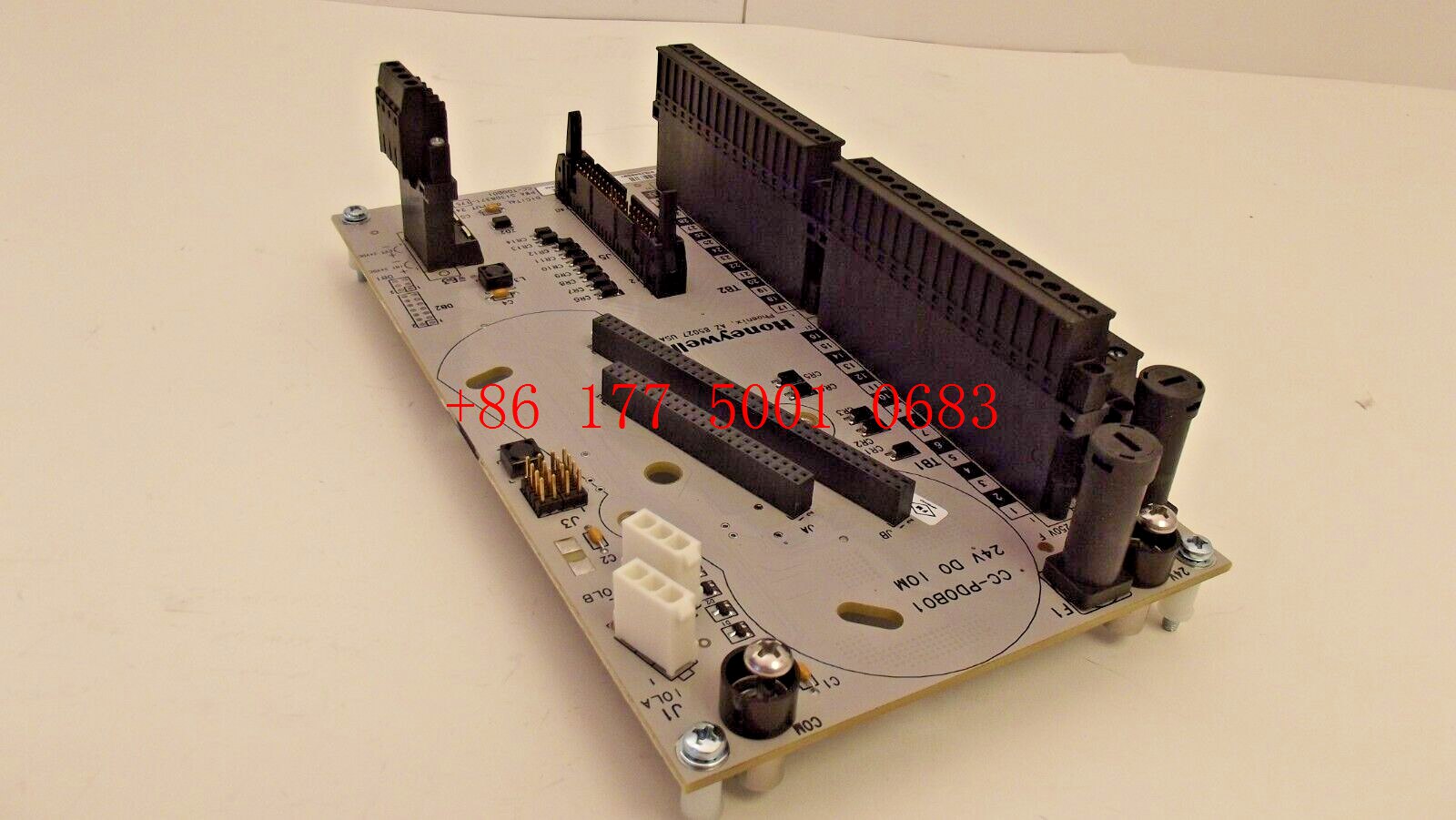
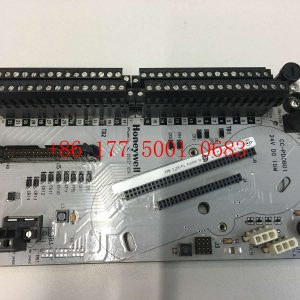
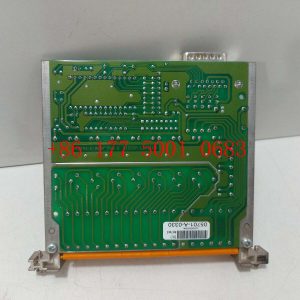
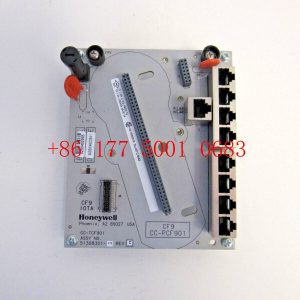
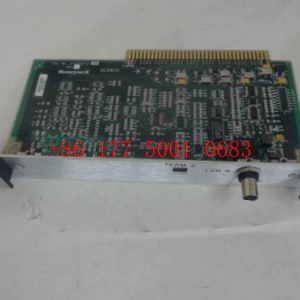




Reviews
There are no reviews yet.